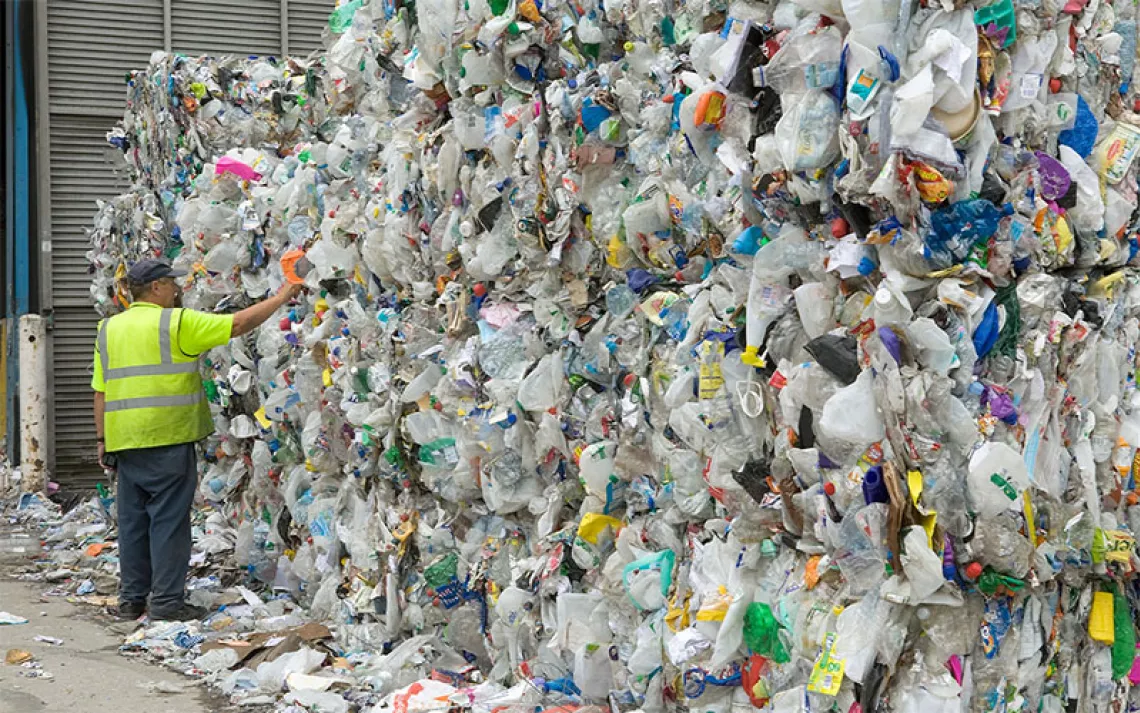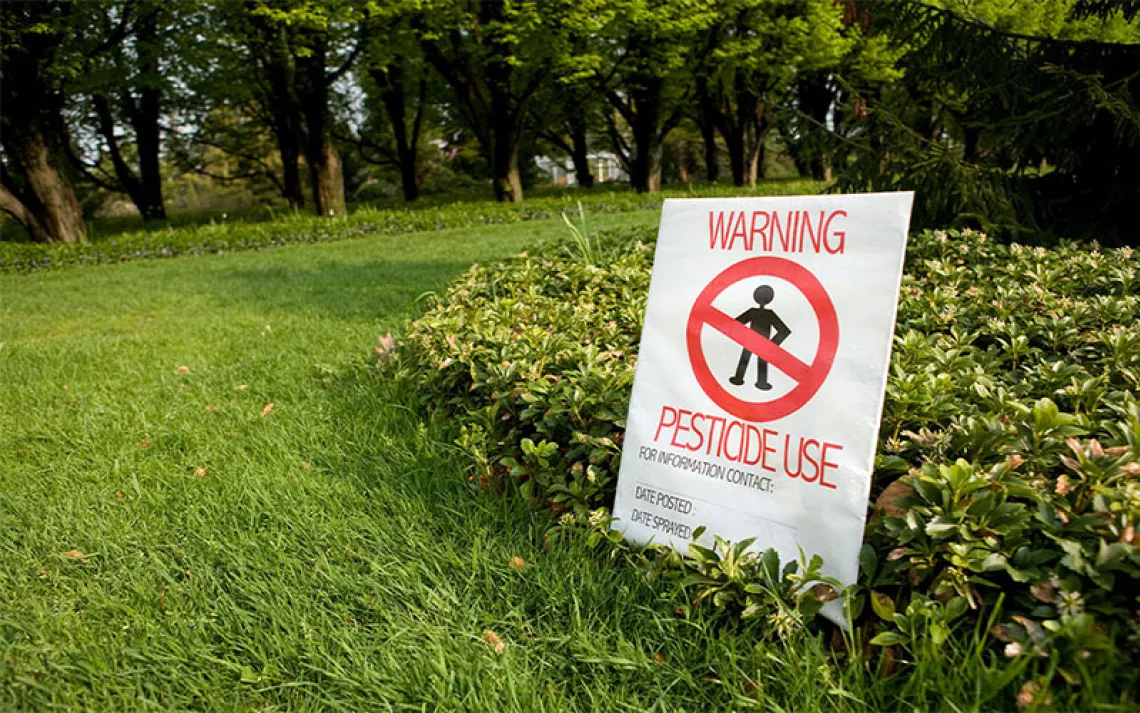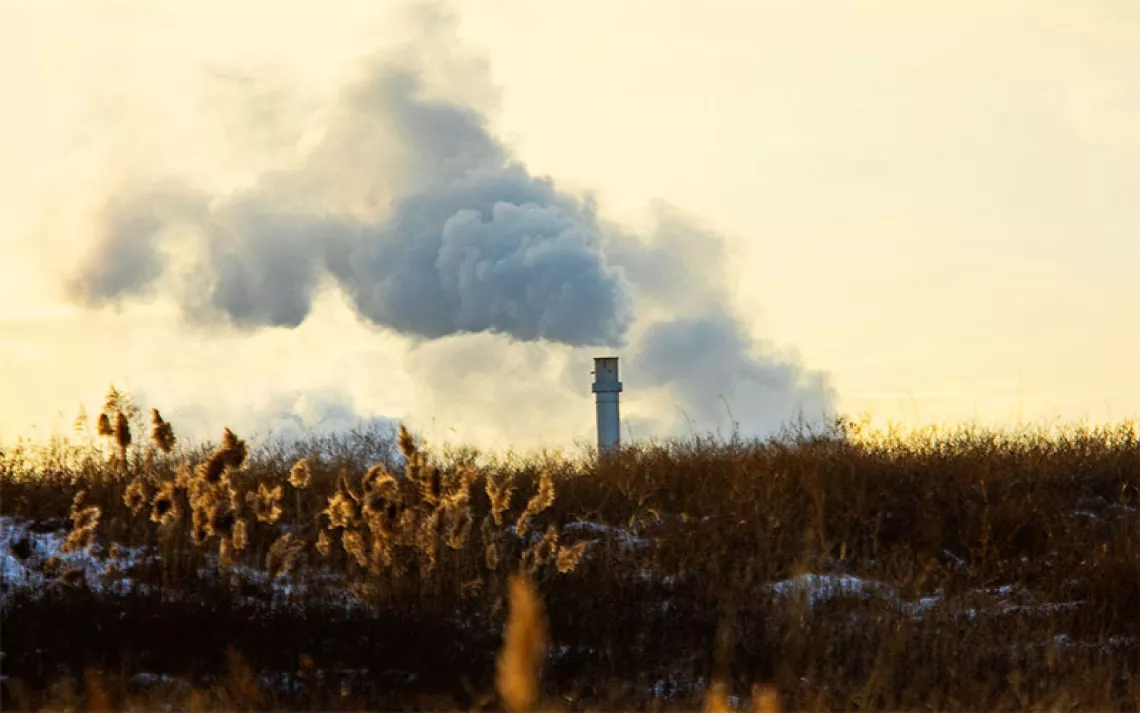Safer, Greener Textiles and How to Vet Ecolabel Certifications
A search for less-toxic fashion, linens, and furnishings

Illustration by Julia Garan/iStock
Last year, I moved to a new home, which inevitably meant I had to buy some new stuff, though reluctantly. I’d been determined to avoid collecting new things and minimize shopping as much as possible. But I needed new linens. That had me wondering which textiles—a catchall for everything from fashion and linens to furnishings—were the least toxic, most ethically and sustainably produced, longer-lasting, recyclable, and plastic-free. I also wondered if products carrying eco-certifications, also known as ecolabels, were all they were made out to be. Were the linens I found in the store truly “free of harmful substances” and made without all the world’s toxic chemicals? I decided to find out.
I couldn’t find one source that offered a survey of all the textile certifications out there with a comparison of the chemicals they banned. So I spent months looking to build my own, analyzing some of the most common certifications found at stores, such as Global Organic Textile Standard (GOTS), OEKO-TEX, UL Greenguard, and Zero Discharge of Hazardous Chemicals (ZDHC). I found more threads than I thought I would! And I discovered that there is a cottage industry of ecolabel certifications that makes it nearly impossible for an individual consumer to sort out what all the labels do and do not vet when it comes to chemicals known to be carcinogenic or harmful to the environment and human health.
OEKO-TEX is one of the most common ecolabel certifications, and, according to its website, “consists of independent textile and leather-testing institutes in Europe and Japan, with offices in more than 70 countries.” I tried to confirm, for example, whether a product carrying an OEKO-TEX label can be said to be PFAS-free. The organization published a press release in January 2023 on their general ban on the use of PFAS. But OEKO-TEX textiles today might have PFAS for two reasons. First, it’s not until March 31, 2024 that baby products will meet the requirements to not have indicators of PFAS above 10 parts per million (ppm) if they have one of these three labels on the product: OEKO-TEX Made in Green, Standard 100, or Leather Standard. (OEKO-TEX has four other labels that don’t apply to consumer products.) By March 31, 2025, non-baby products with one of those three labels will meet that PFAS limit. Second, some products with one of those three labels might already meet that PFAS limit if they were certified under OEKO-TEX’s v01.2023 standards. But you can’t tell because OEKO-TEX certificates don't list which version a product was certified under.
Next, I wondered if those three 2023 OEKO-TEX standards allow chemicals that the Center for Environmental Health has flagged, bisphenol-A (BPA) and phthalates. “It looks like those products do not allow phthalates, some halogenated flame retardants (ones of high concern), and some volatile organic compounds (VOCs),” Jimena Diaz Leiva, science director at the Center for Environmental Health, told me. “But those products could still have VOCs like ethylene oxide. And they could have polyvinyl chloride (PVC).” Also, OEKO-TEX allows BPA at 100 ppm compared with California’s BPA skin exposure limit of up to 3 micrograms (mcg).
I contacted Ben Mead, managing director at Hohenstein Institute America, Inc., (a Testing Institute of OEKO-TEX), to get more insight. “Antibacterial chemicals (such as Agion, silver, anion, ion) are all banned unless approved by OEKO-TEX’s active chemical product review,” he replied.
Compared with OEKO-TEX, GOTS 7.0, another certification, seems to have the safest standard for these chemicals. In order to be GOTS-certified, a product must contain at least 70 percent organic fiber, though up to 30 percent can be made of synthetics. “There are 24 GOTS Approved Certification Bodies that certify products and 13,548 certified facilities in 82 countries,” Holger Stripf, head of marketing at GOTS, told me. Stripf said the chemicals prohibited include PFAS, phthalates above 250 ppm, flame retardants, some VOCs like ethylene oxide, PVC, BPA, and synthetic chemicals for antimicrobial finishing and functional nanoparticles.
A certification with a weaker PFAS limit is the ZDHC Programme, which creates tools and guidelines shaped by over a hundred textile companies. “OEKO-TEX’s three 2023 standards don’t allow more than 10 ppm of indicators of PFAS, but ZDHC allows up to 50 ppm. And ZDHC exempts water-resistant membranes (like Gore-Tex),” Renée Sharp, strategic adviser at SaferStates, told me. Also, ZDHC aggregates reports from suppliers of major retailers. So it is impossible to see individual company performance and hold them accountable, according to the License to Greenwash report by the Changing Markets Foundation.
Though ZDHC has room for improvement, certifications like UL Greenguard don’t even ban PFAS. Consumers encounter its label often on furniture, where it says “certified for low chemical emissions.” According to their website, certified products emit low levels of VOCs. PFAS like PFOA and PFOS are considered VOCs. “UL Greenguard does not address PFAS at all, which is a problem,” Sharp said.
All this talk about acronyms and labels can have you coming apart at the seams, but when it comes to protecting the environment and public health, it matters: Ethylene oxide contributes to more cancer risk than any other toxic air pollutant emitted by American industry. BPA exposure is associated with some cancers. The Center for Environmental Health found high levels of BPA in polyester socks, shirts, and bras. Studies showed that BPA can be absorbed through skin and end up in the bloodstream after handling receipt paper carrying the chemical for just seconds. PFAS are also chemicals that have been linked to increased risk of cancers, cardiovascular disease, diabetes, and hormone disruption. Also, antibacterial or odor control textiles might have Agion, anion, ion, or silver, which can be toxic.
Here’s another thing about synthetic textiles: We breathe 13,000 to 68,000 microplastics from our clothes, carpets, curtains, and other textiles per year. Microplastics are in our air, drinking water, blood, lungs, and human cancerous tissue. If you ingest them, they may cause asthma-like symptoms and severe inflammatory bowel disease.
If all that makes your head spin like a washing machine, here’s how to find more sustainable textiles and make ecolabels greener.
If you can't find or repair gently used textiles, look for safer ones that are tree-free and vegan (hemp, linen, or cotton), thick, plant-dyed, and without plastic even in elastic and thread. (Ask me for brands!) Also make sure they have these two certifications together: GOTS 7.0 100 percent organic and OEKO-TEX v01.2023 Made in Green or Standard 100. “GOTS and OEKO-TEX would be the most comprehensive of the material supply chain (down to the farming), the processing (use of hazardous chemicals, wastewater from the factory, and the final product) as well as social responsibility,” said Maddy Cobbing of Greenpeace Germany's Detox My Fashion campaign.
But don’t just take a seller’s word that a product is certified. Ask them to post certificates (not just a product label). Verify a product is on GOTS’ Certified Suppliers Database (not its Shop-Finder). And starting March 31, 2024, for baby products and March 31, 2025 for other products:
- Make sure the OEKO-TEX product label lists the testing institute and certificate number or QR code.
- Verify the certificate number at OEKO-TEX’s Label Check.
- If a product claims to be certified but isn’t on those websites, file a complaint with GOTS and OEKO-TEX. And tell consumer advocacy groups.
- Create a bigger change by asking OEKO-TEX, UL Greenguard, and ZDHC to restrict chemicals mentioned above. And ask OEKO-TEX to list on certificates which version a product was certified under.
- Most important, since no certification, initiative, or law addresses textile overproduction, ask that the New York Fashion Act do that, especially for synthetics.
I don't have enough closet space here to write about textiles claiming to be fair trade, carbon neutral, circular, regenerative, sustainable, or zero waste. Ask me about that!
 The Magazine of The Sierra Club
The Magazine of The Sierra Club



